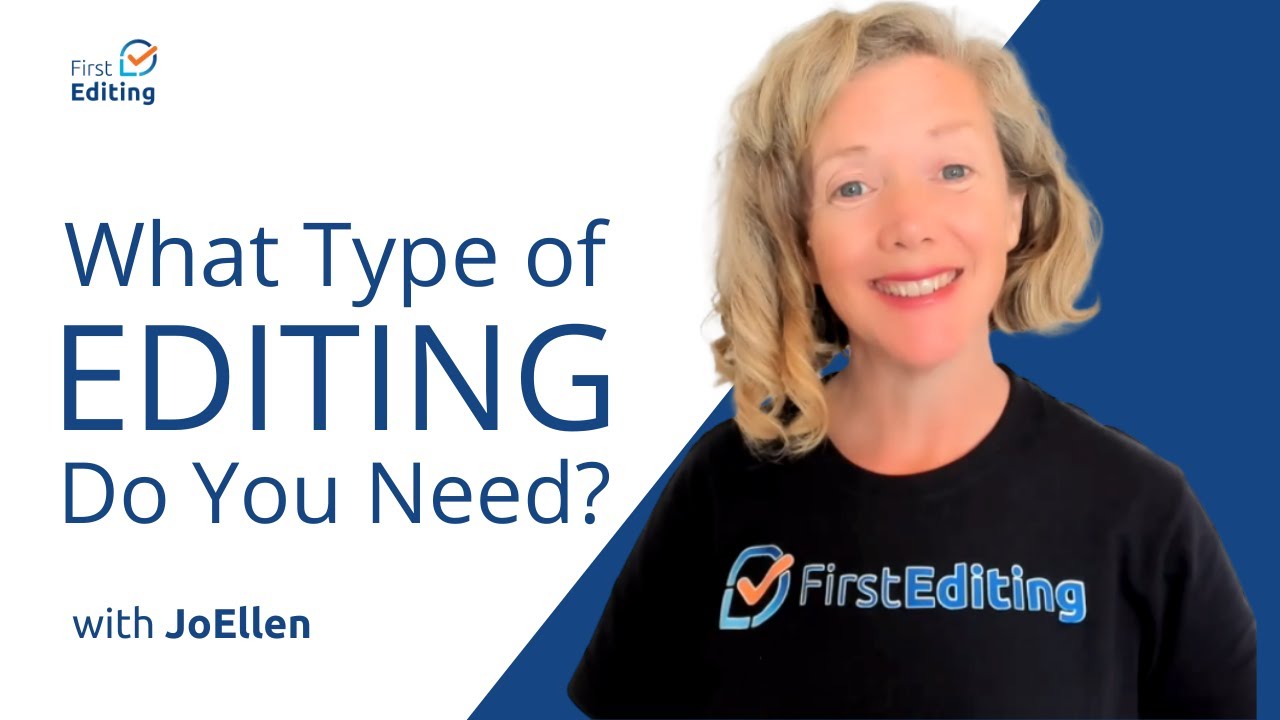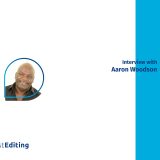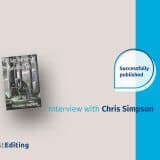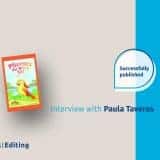
In academic writing, it’s conventional to back up your statements and ideas with quotations. As you are editing your paper, you need to think about how to contextualize them and how to set them out.
The first challenge is to weave your quotations neatly into your text. Think about the range of verbs you can use for introducing your chosen author’s ideas: observed, stated, commented or noted might serve as well as said or wrote.
Next, think about the presentation. Check that you have supported your quotations with formal citations. The layout of these will depend on the style guide required for your paper (MLA, APA, CSE, Chicago, etc.). You will need to be clear about this and consult a relevant up-to-date source. Your institution will be able to supply you with specific guidelines.
Then there are the general points about layout.
Guidelines for Editing Quotations
Run-in quotations
If your quotation forms part of your sentence, check that the citation is placed after the closing quotation mark, and followed by the rest of the surrounding sentence or the final punctuation of that sentence.
Transcendental phenomenology is about how each individual “will put out of action all the convictions we have been accepting up to now” (Husserl 49).
Block quotations
If you want to quote more than four lines of text, ensure that it is set off as a block quotation. Be sure to find out what your style guide says about block quotations. However, there are a few general rules about setting them out:
- Check that you have introduced the quotation and put a colon at the end of this introduction.
- Indent the entire quotation by five spaces from the left-hand margin.
- Single space or double space within the block quotation, depending on your style guide.
- Leave out quotation marks at the beginning and end of the quotation.
- After the final period, place a citation in brackets.
You also need follow the general conventions on punctuation.
Punctuating quotations
If you are writing in American English, enclose quoted words, phrases and sentences in the text in double quotation marks.
“What feelings were generated when you were asked about being a younger sister?”
Single quotation marks enclose quotations within quotations.
“Don’t get confused,” said Rocky. “To say that ‘I live to eat’ means the same as ‘I eat to live’ is totally absurd.”
Other English-speaking countries adopt the convention that single quotation marks enclose quotations, double marks enclose quotes within quotes, and so on.
Using quotation marks with other punctuation
Keep periods and commas within quotation marks.
They talk to themselves in what has been called “inner speech.”
Place exclamation marks and question marks inside the quotation marks when they are part of the quoted material.
The researchers emphasized “Teachers’ reactions are of vital importance to their students!”
Place them after the closing quotation marks when it is the person quoting who is asking the question or making the exclamation. Compare the example above with the following:
The police officer actually responded, “I thought that this was acceptable behavior”!
You may occasionally want to leave out material from a quotation: a superfluous sentence or clause. In which case you need to use an ellipsis for the omitted material, which is a series of three periods, each of which should be preceded and followed by a space. Therefore, an ellipsis in this sentence would look like . . . this.
Very occasionally you may want alter a word or words within a quotation, for the sake of clarity and flow. To indicate that you have made such changes, bracket the altered words. For example, this might happen when you need to change a pronoun in order to make the meaning clear.
Suppose you were quoting someone who, when asked about childhood memories, recounted “the teachers would be angry with me on a daily basis.” You might write:
In school Susan felt that “the teachers would be angry with [her] on a daily basis.”
Quoting sources is an important procedure for giving your work authority and substance. It’s worth taking time to familiarize yourself with the basic rules on how to write and edit quotations.
Having followed this guidance, if you still wanted someone to look over your work and check that you have complied with all the rules, our professional editors have an in-depth knowledge of the procedures for using quotations, including the conventions of the major style guides. They would be only too happy to help.










